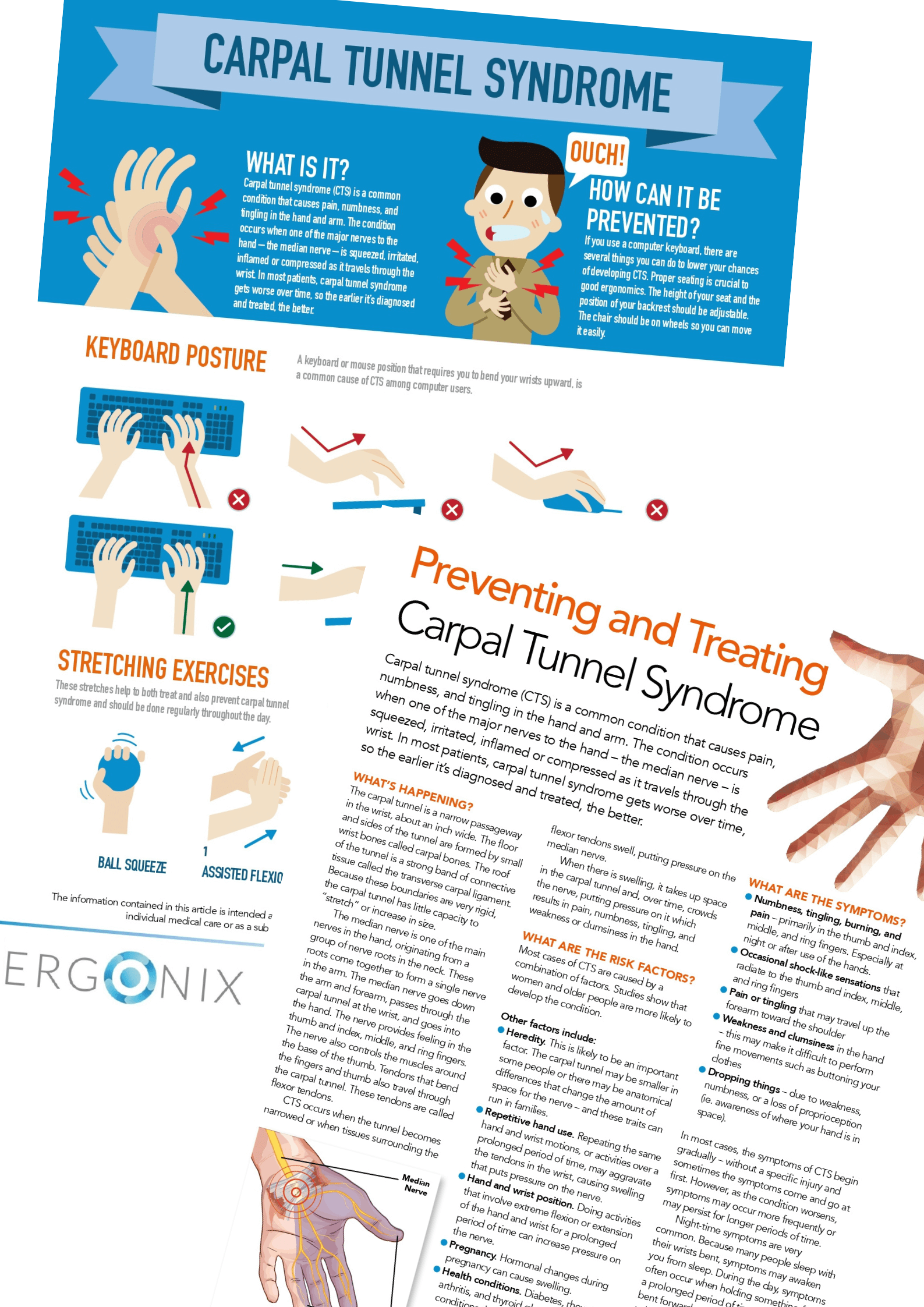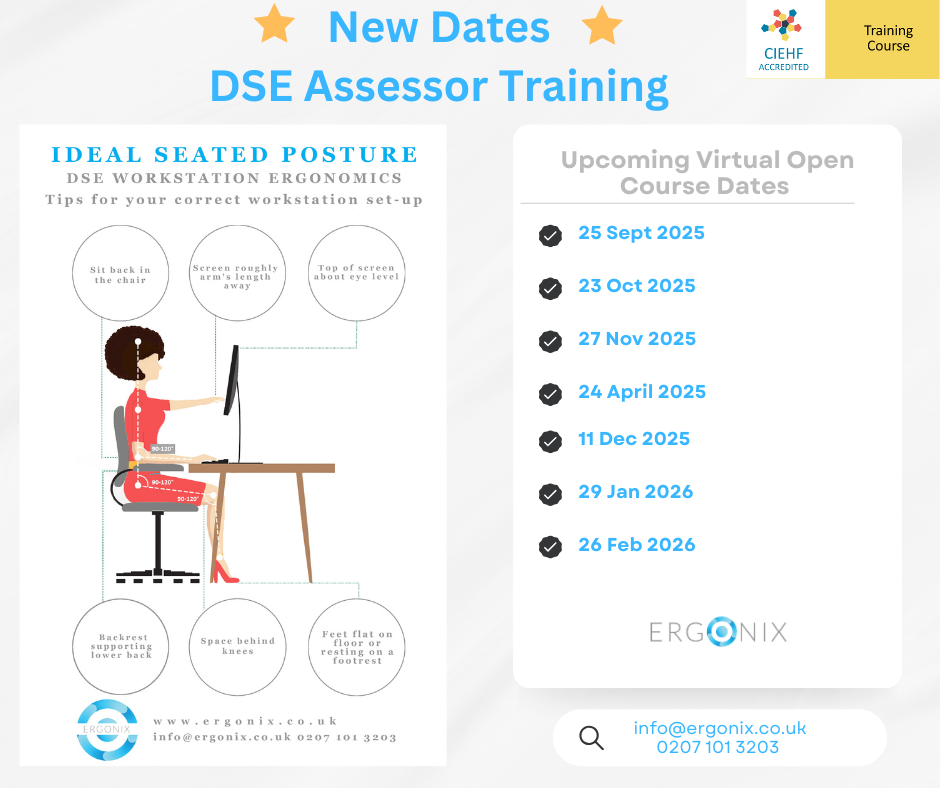 As the world becomes increasingly globalised, business travel has become a routine part of many professionals’ lives. While travelling for work can be exciting and rewarding, it can also be physically demanding and mentally exhausting. This is why it is important for business travellers to pay attention to ergonomics, which is the science of designing work environments and equipment for maximum efficiency, comfort, and safety.
As the world becomes increasingly globalised, business travel has become a routine part of many professionals’ lives. While travelling for work can be exciting and rewarding, it can also be physically demanding and mentally exhausting. This is why it is important for business travellers to pay attention to ergonomics, which is the science of designing work environments and equipment for maximum efficiency, comfort, and safety.
In this blog, we will explore some key ergonomic considerations for business travel and offer tips for staying healthy and comfortable on the road.
Choosing the right luggage
One of the biggest ergonomic challenges of business travel is lugging heavy bags around airports, hotels, and conference centres. To minimise the strain on your body, choose a bag with sturdy wheels and a comfortable handle. It allows you to roll your bag instead of carrying it, reducing the physical strain of travel.
Travel light
This can be a challenge but try to pack as lightly as possible to reduce the weight of your luggage and unnecessarily extra weight you don’t really need.
Opt for a light-weight laptop
The weight of your bag can quickly add up by the time you pack everything you need to take with you. So you really need to think about the weight of your laptop. Using a laptop that weighs under 3kg will make a big difference to the overall weight of your bag.
Use ergonomic accessories
Laptops offer the convenience of being able to work from anywhere, but also come with their own set of ergonomic challenges. Working on a laptop for extended periods of time can lead to discomfort and even pain in the neck, shoulders, back, and wrists. There are several ergonomic workstation accessories that can help you to avoid aches and pains and alleviate issues make working on a laptop while travelling more comfortable and productive:
- Laptop stand – A laptop stand is a simple yet effective accessory that can make a big difference in your comfort while working on a laptop. It elevates the screen to eye level, reducing strain on your neck and shoulders. It also helps to improve your posture by encouraging you to sit up straight. Some laptop stands are collapsible and lightweight, making them perfect for travel.
- Travel keyboard – Typing on a laptop keyboard can be uncomfortable and lead to strain on your wrists and hands. An external keyboard can help alleviate this by providing a more ergonomic typing experience. It allows you to type at a more natural angle, reducing wrist strain. Keyboards come in many shapes and sizes. Travel keyboards are more compact than regular keyboards. They are lightweight and easy to pack, making them a great accessory for business travel.
- Mouse – Using a laptop’s touchpad for extended periods can cause discomfort in your hand and wrist. A separate wireless mouse can provide a more comfortable and efficient way to navigate your laptop. Wireless mouse devices are particularly convenient for travel, as they are small and lightweight, and don’t require a wired connection.
- Headphones – Headphones are not only great for listening to music, but they can also help reduce background noise, allowing you to focus on your work. Noise-cancelling headphones are particularly effective in blocking out ambient noise, making them a great choice for air travel or working in noisy environments.
Use travel accessories
There are many ergonomic travel accessories available that can help make business travel more comfortable. For example, a neck pillow or travel pillow can help you sleep on long flights, while a lumbar support cushion can help you maintain good posture during long periods of sitting.
Book an executive hotel room
Many hotels have rooms with ergonomics in mind. Staying in a room with a desk and an office chair will allow you to work in an upright comfortable position and will help you to minimise the risk of injury.
Stretch regularly
Sitting in cramped airplane seats or in conference rooms for hours on end can be tough on your body. To avoid stiffness and soreness, take regular breaks to stretch your muscles. Simple stretches like shoulder rolls, neck rotations, and hamstring stretches can help keep your body loose.
Stay hydrated and nourished
Travelling can disrupt your normal routine, including your eating and drinking habits. Make sure to drink plenty of water throughout the day to stay hydrated, and avoid excessive amounts of caffeine and alcohol, which can dehydrate you. Additionally, pack healthy snacks like fruit, nuts, and protein bars to help you stay energised and nourished throughout the day.
DSE (display screen equipment) workstation assessment
Whether you are office-based, home-working or hybrid working, a thorough workstation assessment will include discussing your travel ergonomics too. A DSE assessment is like any Health and Safety risk assessment. A DSE workstation assessment identifies hazards and risks that might impact on the health and wellbeing of a person who is a computer ‘user’. Good office ergonomics is about acting on injury prevention, not response. The risk of injury or pain can be greatly reduced leading to less chance of you taking time off work due to ill-health. If you are already struggling with aches and pains a thorough DSE assessment can make you more comfortable while you are working in front of your computer or laptop and travelling for work.
By paying attention to ergonomics and taking steps to stay comfortable and healthy on the road, business travellers can minimise the physical and mental strain of frequent travel. So the next time you’re packing for a business trip, remember to prioritise your physical wellbeing, and you’ll be better equipped to perform your best and achieve your professional goals.
If you would like to find out more about how you can minimise the risk of injury while you are travelling for work and/ or interested in our DSE workstation assessments or CIEHF-accredited DSE Workstation Assessor Training Courses, please contact us.
Useful links:
How to stop hybrid working causing you aches and pains?
How do laptops impact on workstation ergonomics?
Why should you think about DSE ergonomic workstation assessments?







